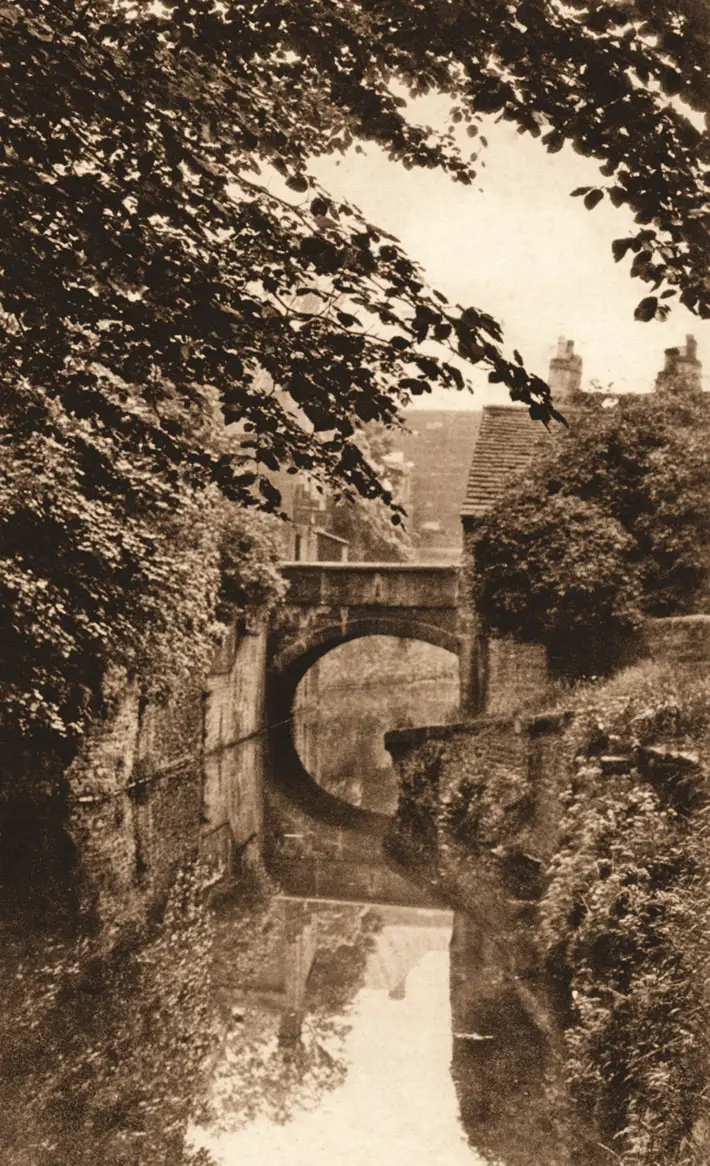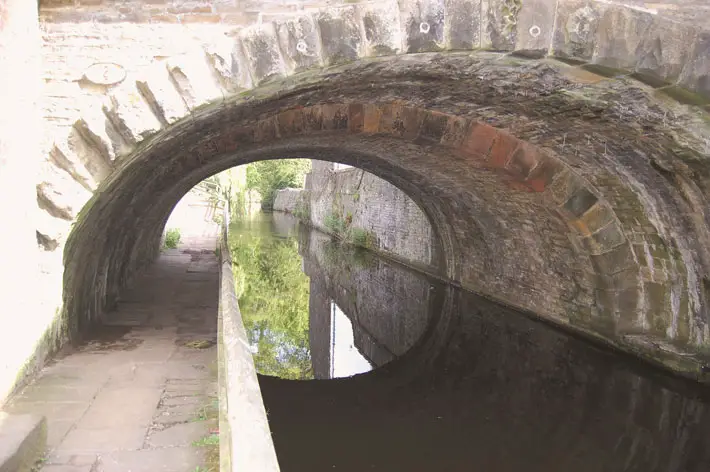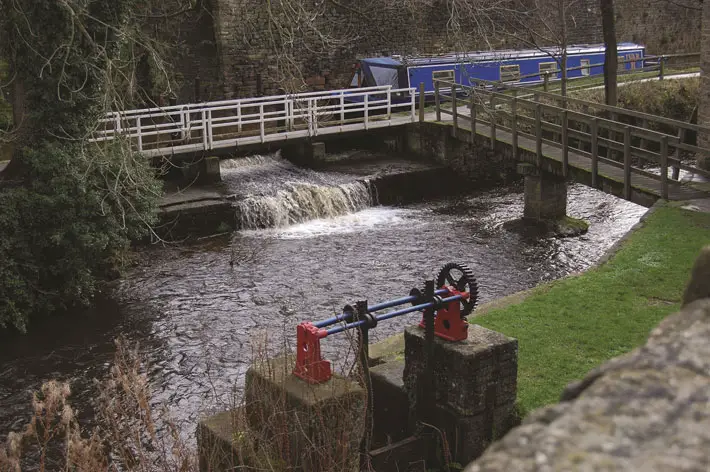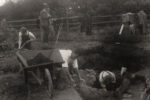The History of the Leeds-Liverpool Canal
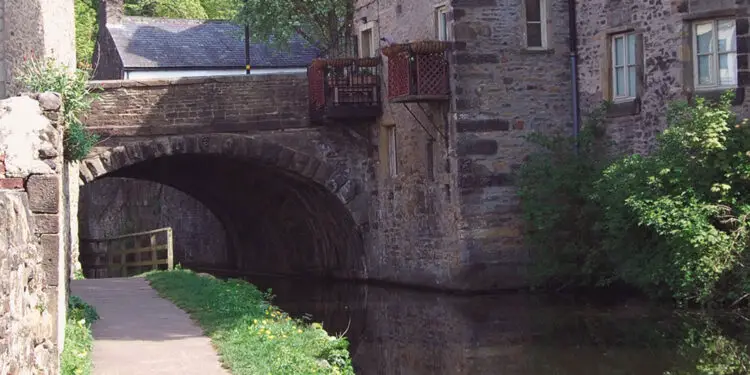
By Margaret Brecknell
In the same way that Robert de Romille had transformed the future of the small hamlet of ‘Sheeptown’ by building a military stronghold there in the late eleventh century, so did an Act of Parliament that was passed in May 1770. This authorised the construction of a canal that would run from Leeds to Liverpool, thereby linking the north-west coast with the industrial heartlands of Lancashire and Yorkshire.
A glance at the proposed route for the new waterway revealed that it was set to go through the small market town of Skipton. A meeting of the Leeds & Liverpool Canal Company was held in Skipton the following month, at which twenty-three people were elected to form a management committee. This included two Skipton businessmen: Peter Garforth and William Chippendale. Money was raised for the project by the sale of shares at £100 each. A sum of around £29,400 was raised in the town of Skipton alone, with only Liverpool achieving a higher figure. So why were the great and the good of Skipton so enthusiastic about the scheme? They had the foresight to see the economic advantages that the canal would bring to the town. The Craven area’s considerable limestone resources could be more easily and cheaply transported elsewhere, as well as generally opening trade up to what had previously been a relatively remote and insignificant market town.
“Potential for increased profit”
Work on the canal soon started and the first section to be completed, Bingley to Skipton, was opened in 1773. The town’s limestone quarries were at that time in the hands of the then owner of Skipton Castle, the 8th Earl of Thanet. He may have been a largely absent landlord, but was still alert to what was happening in his Yorkshire territories, especially when there was the potential for increased profit. The canal company was approached by his agents to see whether it would agree to alter the proposed route of the canal to allow better access to his quarries. When this was declined, the earl decided to build his own canal extension.
Before any canal could be built, it was necessary to obtain an Act of Parliament to authorise construction. This Act was passed on 10 May 1773. Originally called the Earl of Thanet’s Canal, it is now more widely known as the Springs Canal and the wording of the 1773 Act gives a clue as to how this alternative name came about: ‘An Act to enable the Right Honourable Sackville, Earl of Thanet, to make a navigable Cut or Canal from a Place called the Spring, lying near Skipton, to join and to communicate with the navigable Canal from Leeds to Liverpool…’
“Loading dock”
Work quickly started on the canal, which originally ran from the canal basin to the spring (where Mill Bridge is situated today), and it was soon completed. The canal was later extended to its current terminus in Skipton Castle Woods, where at that time there was a loading dock that was linked to the quarries by a tramway.
An interesting account of the purpose of the Springs Canal, and the uses to which the limestone from Skipton’s quarries was put, appears in the 1831 book Historical Account of the Navigable Rivers, Canals and Railways of Great Britain by Joseph Priestley. Its object is conveyance of limestone from the quarries about a mile above the castle, to which railways are laid, which limestone is used at the foundries in the neighbourhood of Bradford, and for making and repairing both turnpike and other roads to a considerable extent beyond Leeds and Wakefield; besides which, it is burnt into lime for agricultural and building purposes.
“Advantages”
The construction of the Leeds & Liverpool Canal, although not finally completed until1816, gave huge impetus to the cotton and weaving industry that was developing in north-west England. This was not just because of the advantages the canal brought in terms of transporting goods and raw materials in larger quantities. Because of their need for water many of the new cotton mills opened up along the banks of the canal. Skipton was no exception. In the early part of the nineteenth century this former sleepy market town expanded rapidly, as textile production became the dominant industry.
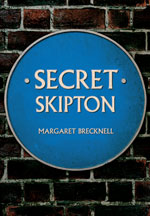
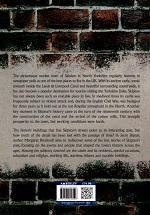 Article taken from ‘Secret Skipton’ by Margaret Brecknell, published by Amberley Publishing,
Article taken from ‘Secret Skipton’ by Margaret Brecknell, published by Amberley Publishing,
£14.99 paperback
